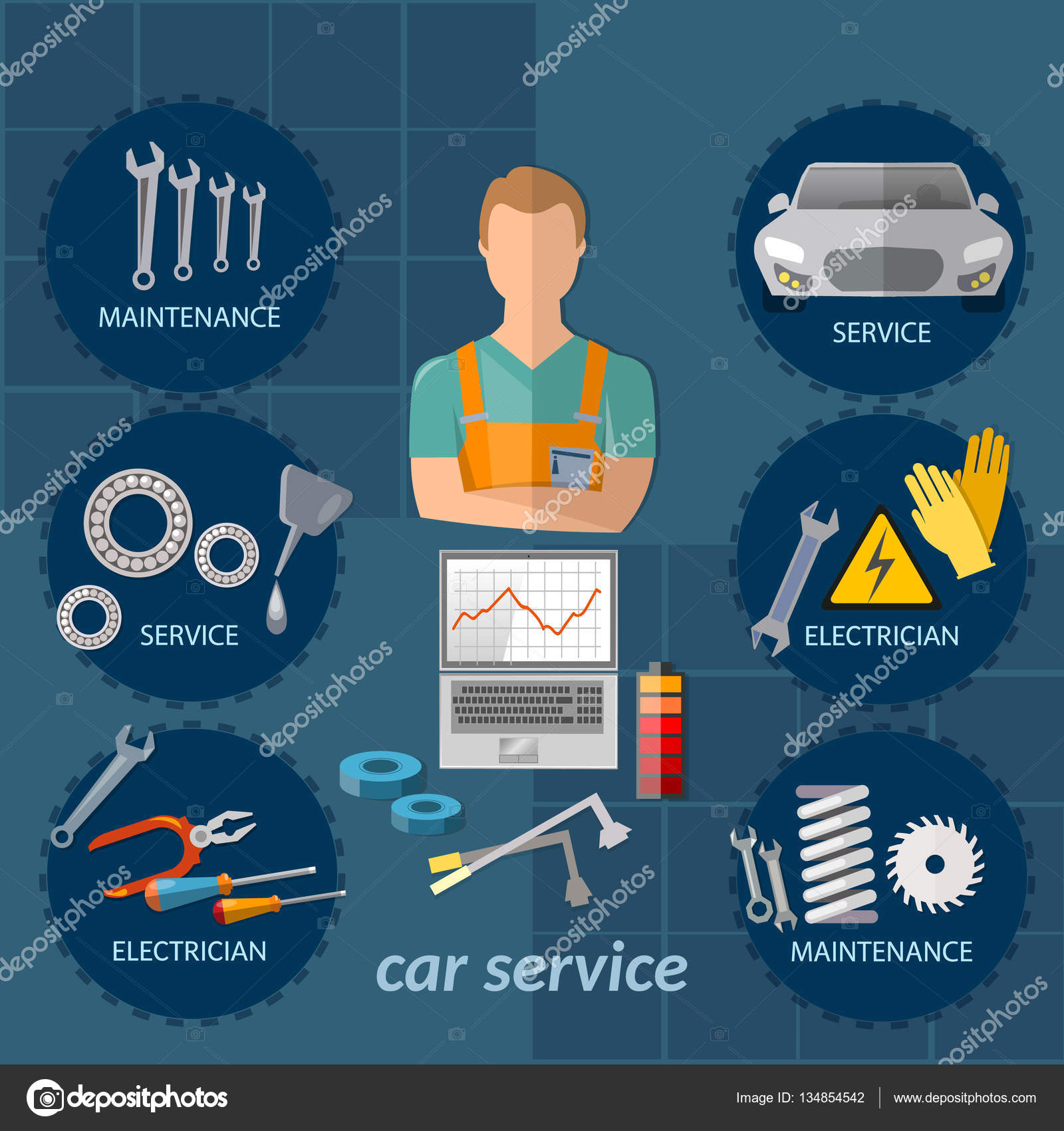Eager To Recognize What The Dashboard Caution Lights In Your Vehicle Signify? Explore Their Significances For The Wellness And Safety And Security Of Your Lorry
Eager To Recognize What The Dashboard Caution Lights In Your Vehicle Signify? Explore Their Significances For The Wellness And Safety And Security Of Your Lorry
Blog Article
Authored By-Sykes Forbes
When you lag the wheel, those beautiful warning lights on your dashboard can be a little bit puzzling. Do you recognize what they're attempting to inform you regarding your vehicle's wellness? Understanding the value of these lights is crucial for your security and the longevity of your vehicle. So, detail club of those lights pops up, wouldn't you intend to decipher its message precisely and take the needed steps to resolve it?
Common Caution Lighting and Interpretations
Recognize typical warning lights in your automobile and recognize their meanings to make certain safe driving.
The most common warning lights consist of the check engine light, which signifies problems with the engine or exhausts system. If this light comes on, it's important to have your car examined promptly.
The oil stress warning light indicates reduced oil pressure, calling for prompt interest to stop engine damage.
A blinking battery light could suggest a defective billing system, possibly leaving you stranded otherwise addressed.
The tire pressure tracking system (TPMS) light notifies you to reduced tire pressure, affecting lorry stability and fuel performance. Overlooking this could result in risky driving problems.
https://the-division-scheduled-ma95162.blog-kids.com/30149279/open-the-capability-to-enhance-your-cars-and-truck-s-search-in-under-an-hour-making-use-of-straightforward-tips-that-will-certainly-amaze-you-your-quick-fix-for-auto-detailing-is-at-your-fingertips shows a problem with the anti-lock stopping system, jeopardizing your capability to stop swiftly in emergencies.
Lastly, the coolant temperature level warning light warns of engine overheating, which can lead to extreme damage otherwise dealt with swiftly.
Understanding these common caution lights will aid you address problems promptly and keep safe driving conditions.
Value of Prompt Interest
Comprehending the typical caution lights in your cars and truck is only the primary step; the value of promptly addressing these cautions can't be stressed enough to ensure your security when traveling.
When a caution light illuminates on your dashboard, it's your vehicle's way of connecting a prospective issue that requires interest. Neglecting these warnings can lead to more extreme issues later on, compromising your security and possibly costing you a lot more out of commission.
Prompt attention to advising lights can protect against failures and mishaps. For https://tysonnhdyr.slypage.com/30476311/triumph-chronicle-breathing-new-life-right-into-a-neglected-automobile-with-detailing , a blinking check engine light might suggest a misfire that, if left ignored, could create damages to the catalytic converter. Resolving this promptly can save you from an expensive repair.
Likewise, a brake system advising light might indicate reduced brake liquid or worn brake pads, vital components for your safety and security when driving.
Do It Yourself Troubleshooting Tips
If you see a caution light on your control panel, there are a couple of do it yourself troubleshooting tips you can attempt prior to looking for expert help.
The primary step is to consult your cars and truck's manual to recognize what the certain caution light indicates. Sometimes https://brake-places-near-me06273.blog-kids.com/30149328/annual-vehicle-outlining-overview-preparing-your-vehicle-for-seasonal-modifications can be as simple as a loosened gas cap setting off the check engine light. Tightening up the gas cap might resolve the trouble.
Another usual concern is a reduced battery, which can activate various warning lights. Examining the battery connections for deterioration and ensuring they're protected may deal with the problem.
If a caution light lingers, you can try resetting it by disconnecting the auto's battery for a few minutes and afterwards reconnecting it. Additionally, checking your car's fluid levels, such as oil, coolant, and brake liquid, can assist troubleshoot warning lights connected to these systems.
Final thought
In conclusion, understanding your vehicle's caution lights is important for maintaining your automobile running smoothly and securely. By immediately attending to these signals and recognizing what they imply, you can prevent expensive repair work and possible break downs.
Remember to consult your car's handbook for certain information on each advising light and act as necessary to guarantee a trouble-free driving experience.
Keep notified, stay secure on the road!
